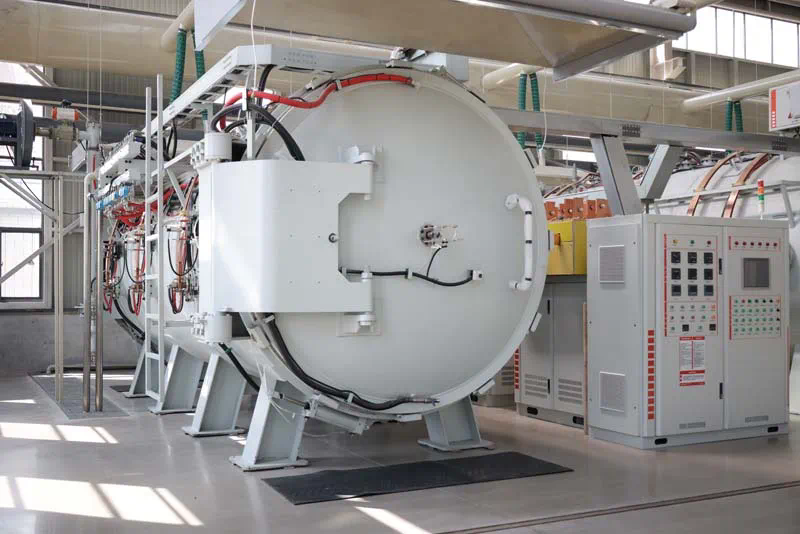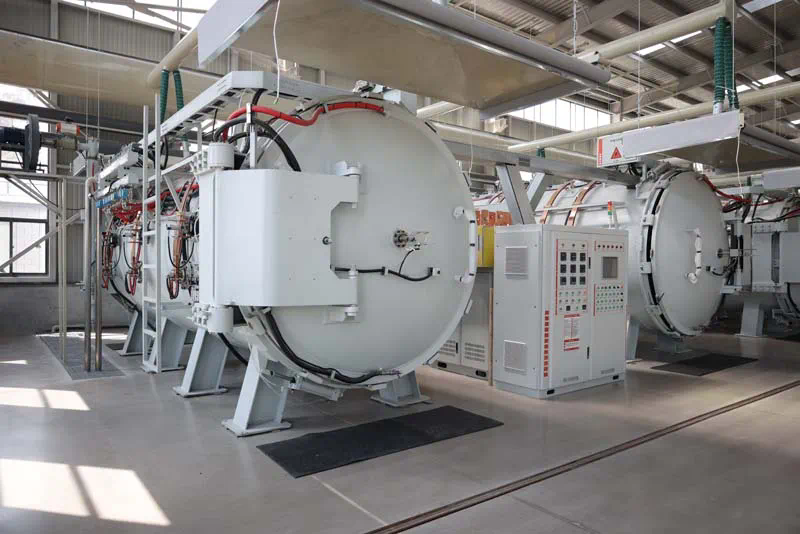Silicon Carbide Rods vs. Other Materials: An In-Depth Analysis
Silicon carbide (SiC) rods have gained significant attention in various industries due to their unique properties and advantages. This article provides a comprehensive comparison between silicon carbide rods and other materials, focusing on performance, applications, manufacturing processes, and future trends.
p Silicon carbide is a compound of silicon and carbon, renowned for its hardness, thermal conductivity, and chemical resistance. These properties make SiC rods ideal for demanding applications, particularly in high-temperature and high-stress environments. Understanding how these rods stack up against alternatives such as aluminum oxide, graphite, and metal rods is crucial for engineers and designers.
h2 Performance Characteristics
p The performance characteristics of silicon carbide rods are often superior to those of other materials. One of the most notable attributes of SiC is its hardness, which is second only to diamond. This exceptional hardness makes silicon carbide rods suitable for applications that require wear resistance, such as in cutting tools and abrasives.
p In terms of thermal conductivity, silicon carbide outperforms many materials. Its ability to efficiently transfer heat makes SiC rods ideal for high-temperature applications, including power electronics and semiconductor devices. Furthermore, SiC has a low thermal expansion coefficient, which helps maintain dimensional stability under temperature fluctuations.
h3 Chemical Resistance
p Silicon carbide’s chemical resistance is another critical factor that sets it apart from other materials. SiC is inert to many acids and alkalis, making it suitable for use in corrosive environments. This property is particularly beneficial in chemical processing, where materials are often exposed to harsh substances.
p In contrast, materials like aluminum oxide, while also offering good wear resistance, may not perform as well in chemically aggressive settings. Graphite, although excellent in certain applications due to its lubricating properties, can degrade rapidly in oxidizing environments.
h2 Applications of Silicon Carbide Rods

p The versatility of silicon carbide rods allows for a wide range of applications across different industries. In the automotive sector, SiC rods are increasingly used in electric vehicle (EV) components, particularly in power inverters and charging stations. Their efficiency in handling high voltages and currents contributes to the overall performance and longevity of EV systems.
p In aerospace and military applications, silicon carbide rods are employed in structural components and thermal protection systems. Their lightweight nature combined with outstanding strength makes them an attractive choice for reducing weight without sacrificing performance.

h3 Semiconductor Industry
p The semiconductor industry has seen a surge in the use of SiC materials due to the need for devices that can operate at high temperatures and voltages. Silicon carbide’s wide bandgap allows for the creation of more efficient power devices, which are essential in modern electronics.
p Compared to traditional silicon-based semiconductors, SiC devices offer lower energy losses and higher efficiency, making them a preferred choice for applications ranging from renewable energy systems to next-generation electric vehicles.

h2 Manufacturing Processes
p The manufacturing processes for silicon carbide rods involve several advanced techniques. One common method is the sintering process, where SiC powder is compacted and heated to form solid rods. This process requires precise control over temperature and atmosphere to ensure the desired material properties are achieved.
p Another technique is chemical vapor deposition (CVD), which allows for the growth of high-purity silicon carbide crystals. CVD SiC rods are often utilized in high-performance applications due to their superior quality and uniformity.
h3 Comparison with Other Materials
p When comparing the manufacturing processes of silicon carbide rods with those of aluminum oxide or graphite rods, it’s evident that SiC production is generally more complex. Aluminum oxide, for instance, can be produced through simpler methods like pressing and sintering, but it often falls short in terms of thermal conductivity and chemical resistance.
p Graphite rods are relatively easy to manufacture, but their limitations in high-temperature applications make them less suitable compared to silicon carbide. Moreover, the mechanical properties of graphite can vary significantly based on the grade and production method, leading to inconsistencies in performance.
h2 Future Trends in Silicon Carbide Technology
p The future of silicon carbide technology looks promising, particularly as industries continue to seek more efficient materials. Ongoing research is focused on enhancing the properties of SiC, including improving its electrical conductivity and further expanding its applicability in various sectors.
p As electric vehicles become more mainstream, the demand for silicon carbide components is likely to increase. Manufacturers are investing heavily in R&D to develop SiC-based products that can outperform existing technologies in terms of efficiency and reliability.
h3 Sustainable Manufacturing
p Another trend worth noting is the push for sustainable manufacturing practices in the production of silicon carbide rods. Companies are exploring ways to minimize waste and reduce energy consumption during the manufacturing process. Innovations in recycling SiC waste and using eco-friendly materials could further enhance the sustainability of SiC technology.
p Additionally, advancements in nanotechnology may lead to the development of new silicon carbide composites, which could offer even better performance characteristics for specialized applications.
h2 Conclusion
p In summary, silicon carbide rods stand out in various respects when compared to other materials. Their superior hardness, silicon carbide nozzles thermal conductivity, and chemical resistance make them an excellent choice for high-performance applications across multiple industries. While the manufacturing processes for SiC can be more complex than those for alternatives like aluminum oxide and graphite, the benefits they offer far outweigh these challenges.
p As technology evolves, the role of silicon carbide in modern engineering will likely expand, paving the way for innovative solutions that leverage its unique properties. With a focus on sustainability and efficiency, silicon carbide rods are set to play a pivotal role in the future of materials science and engineering.
https://devicesplayer.com/
